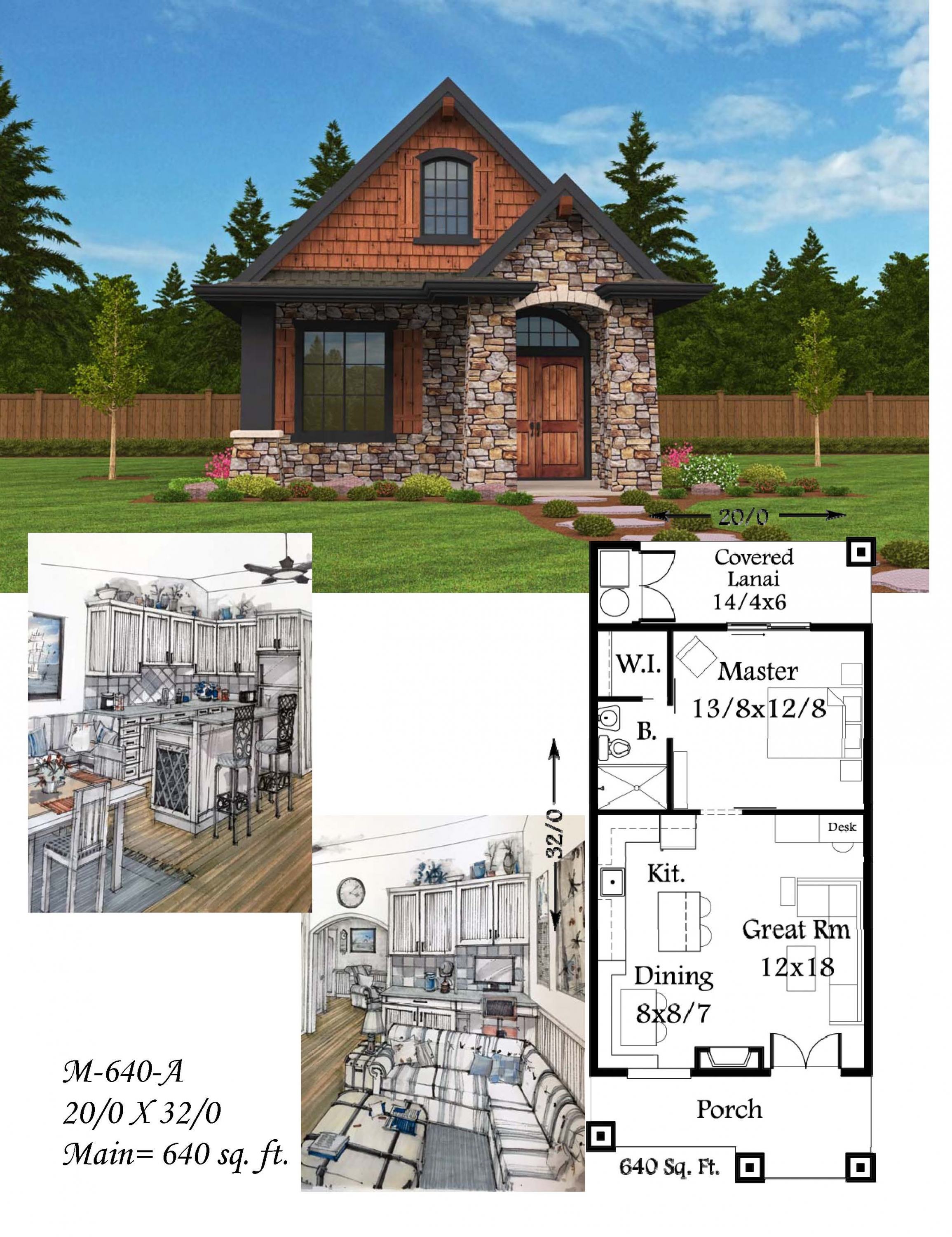
Introduction
When it comes to choosing a house, many people opt for small house plans. These plans offer a range of benefits, including affordability, sustainability, and efficient use of space. Whether you are a minimalist or looking to downsize, small house plans can be the perfect solution for your housing needs.
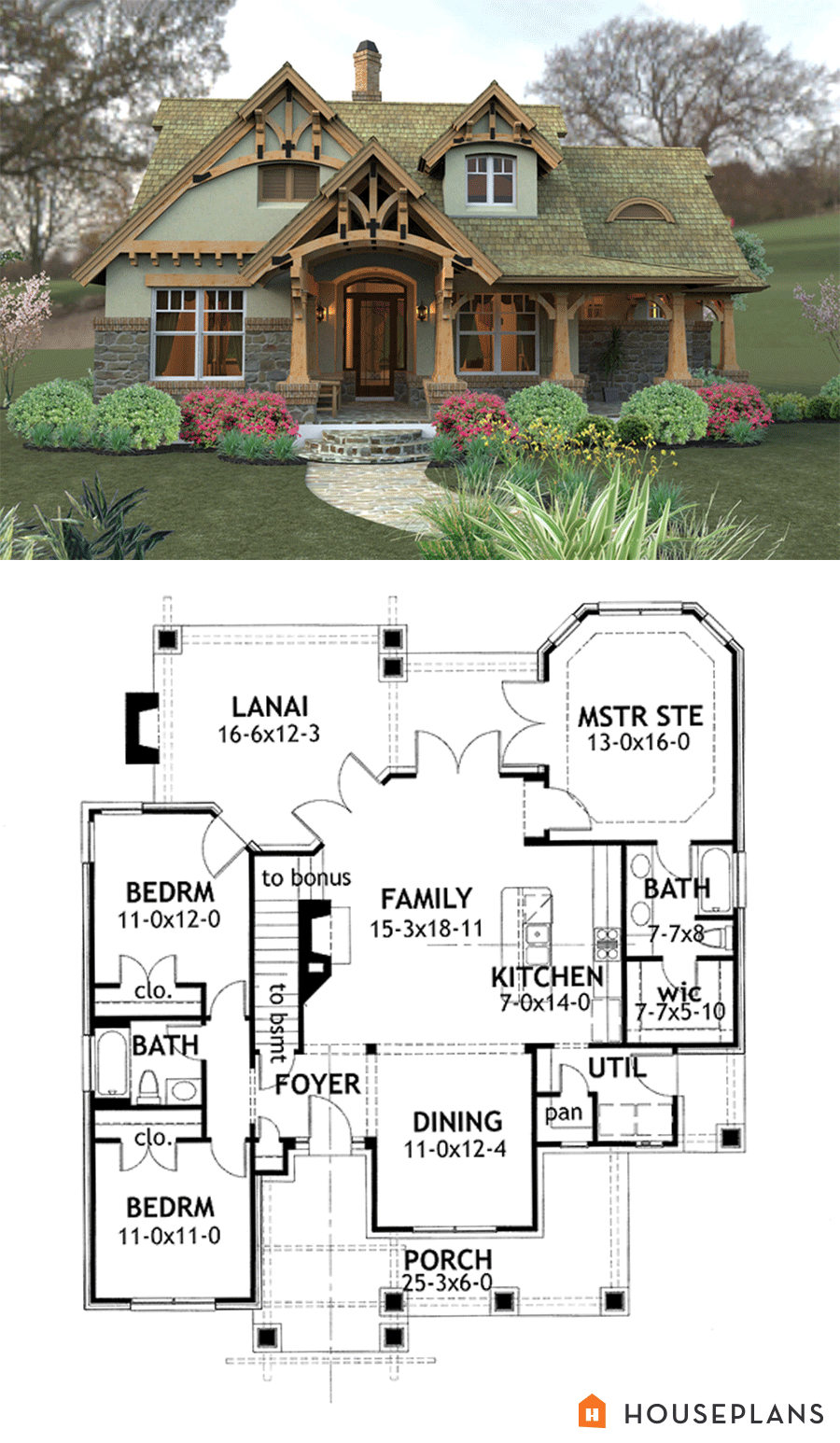
Design and Layout
Small house plans come in various designs and layouts to suit different preferences and lifestyles. Some popular designs include tiny houses, cottages, and bungalows. These designs typically focus on maximizing space utilization and functionality.

Benefits of Small House Plans
1. Affordability: Small house plans are often more affordable than larger homes, making them an attractive option for those on a budget. The reduced square footage translates to lower construction costs and reduced maintenance expenses.
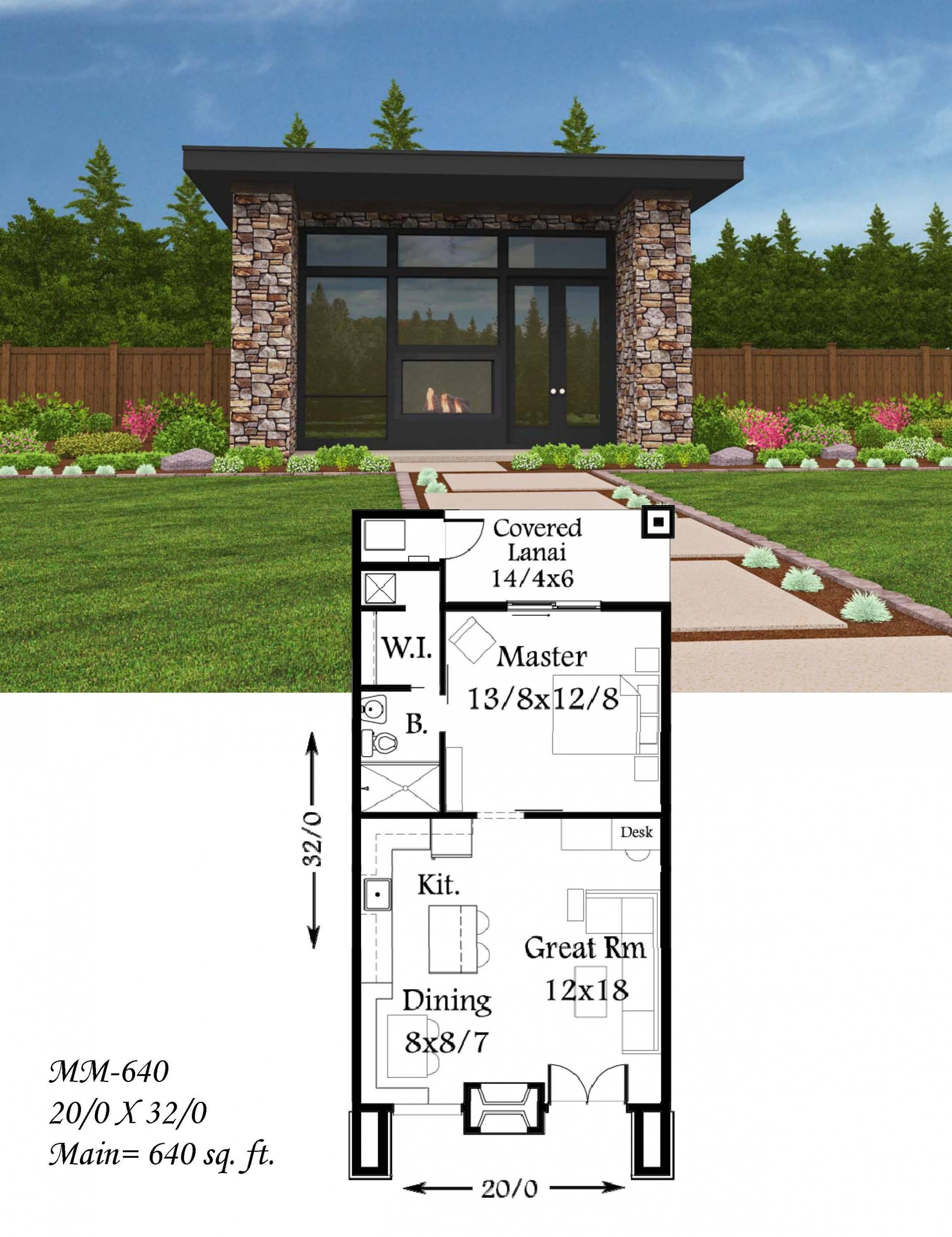
2. Sustainability: With a smaller footprint, small house plans promote sustainability. They require fewer building materials, consume less energy, and have a smaller carbon footprint compared to larger homes.

3. Efficient Use of Space: Small house plans are designed to make the most of every square inch. Clever storage solutions, multi-purpose furniture, and open floor plans contribute to efficient use of space, providing functionality without sacrificing comfort.
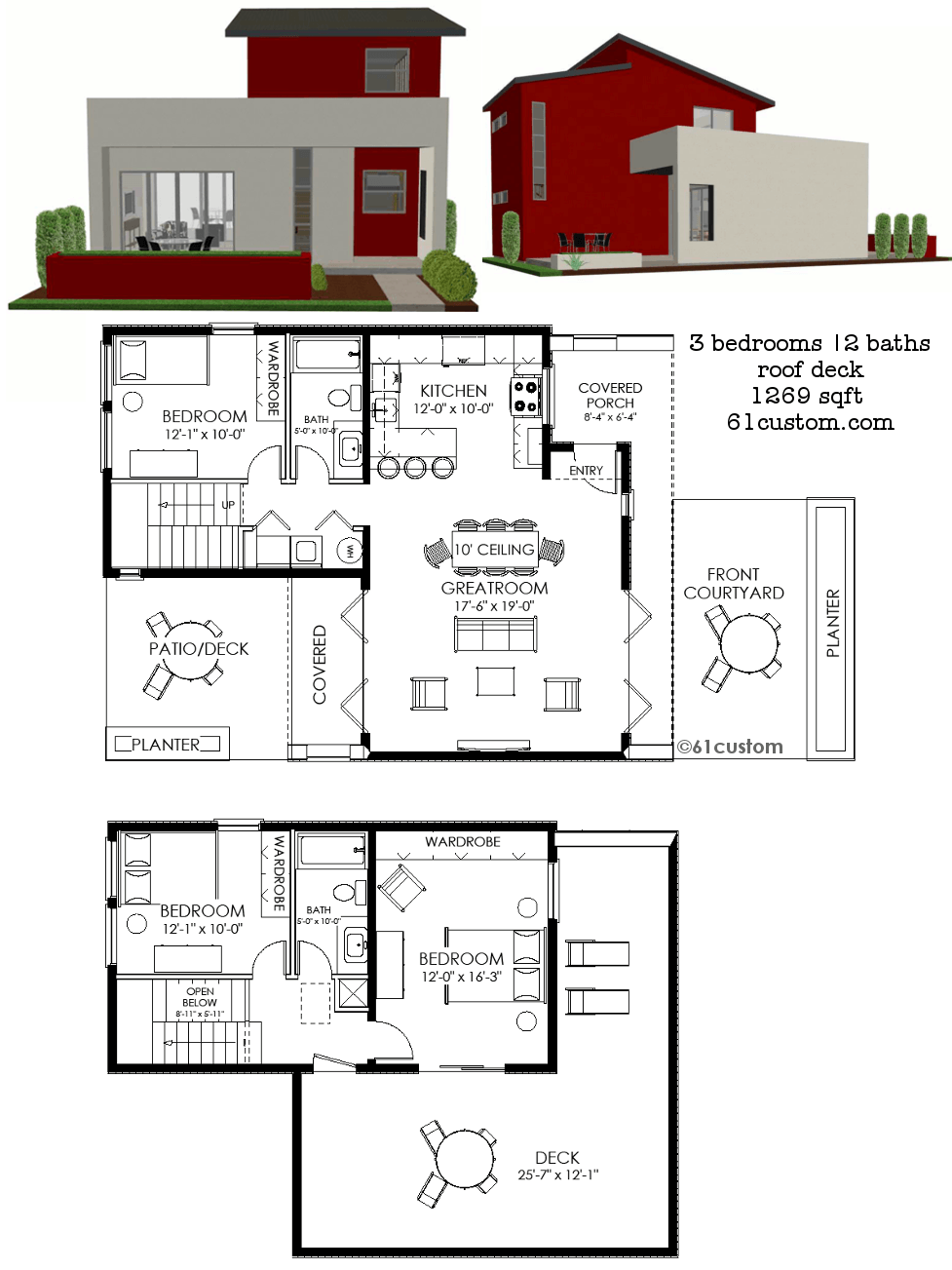
4. Easier Maintenance: With a smaller space to clean and maintain, small house plans offer convenience and reduced upkeep. This allows homeowners to spend less time on household chores and more time on activities they enjoy.
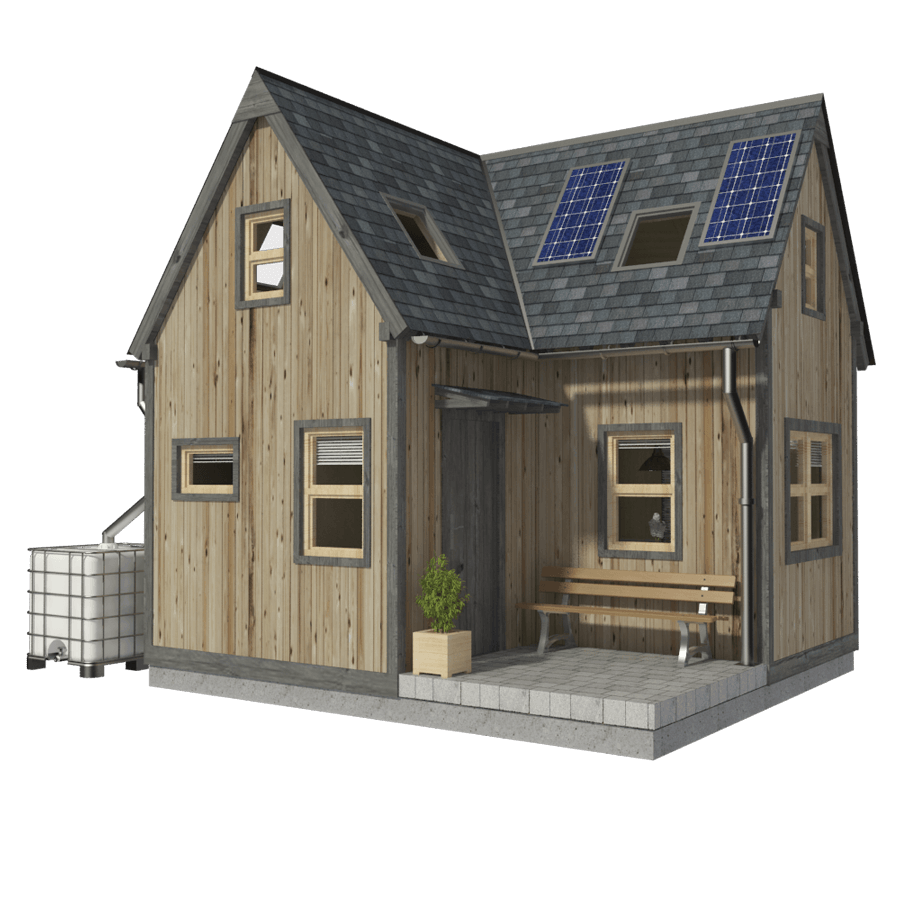
Customization Options
Despite their smaller size, small house plans offer ample customization options. Homeowners can choose from a variety of layouts, finishes, and architectural styles to suit their personal preferences and needs.
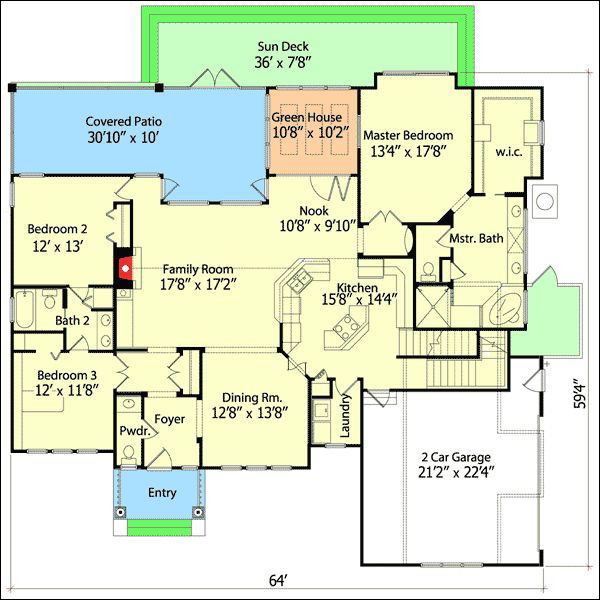
Considerations for Building a Small House
Before embarking on building a small house, there are a few considerations to keep in mind:
1. Zoning and Regulations: Ensure that the chosen location allows for the construction of small houses and that you comply with local building regulations.

2. Space Optimization: Plan the layout carefully to maximize the use of available space. Consider features such as built-in storage, loft areas, and compact furniture.

3. Lifestyle Needs: Assess your lifestyle and determine if a small house will meet your requirements. Consider factors such as family size, hobbies, and future plans.

4. Future Expansion: If you anticipate the need for additional space in the future, consider small house plans that allow for expansion or the addition of accessory dwelling units (ADUs).
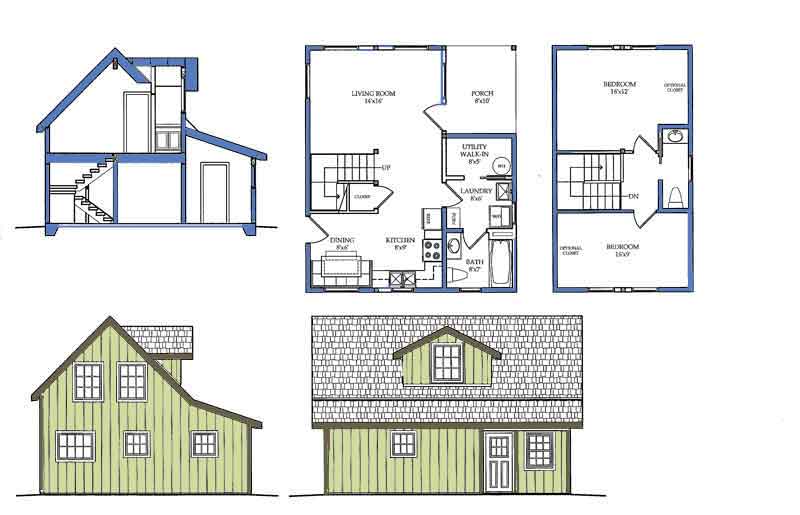
Conclusion
Small house plans offer a practical and sustainable housing solution for individuals and families alike. They provide affordability, efficient use of space, and customization options. Consider the benefits and factors mentioned above when exploring small house plans for your next home.